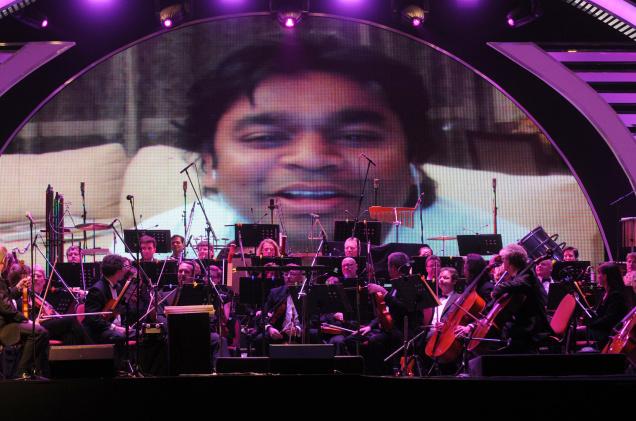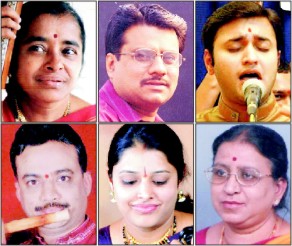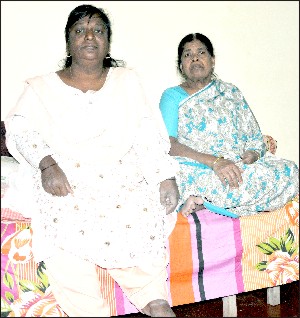Lucrative trade
 The glitter will just does not fade away, it seems. No wonder, a career in the jewellery industry is being seen as an increasingly lucrative option for students.
The glitter will just does not fade away, it seems. No wonder, a career in the jewellery industry is being seen as an increasingly lucrative option for students.
The burgeoning gold market in India is beckoning students and there was more proof of this when close to thousand students and working professionals thronged Vijaya College for the career fair organised recently by the Gemological Institute of India and Jewellers’ Association, Bangalore.
India is the leading consumer of gold in the world with about 800 million (80 crore) tonnes – 20 per cent of the global consumption. More than 50 per cent of this is used for making gold jewellery.
According to industry sources it is estimated that the size of the Indian jewellery market is Rs 1,25,000 crore annually.
The Indian Diamond Industry has established itself as the world’s largest manufacturing hub of cut and polished diamond in the last many years, contributing 60 per cent of the world’s supply in terms of value, 85 per cent and 92 per cent in terms of volume and pieces respectively. Eleven out of 12 diamonds set in jewellery worldwide are processed in India.
Participating in the panel discussion at the career fair, Vinod Hayagriv, Managing Director of C Krishniah Chetty & Sons, said: “Gems and Jewellery (G&J) is one of the fastest growing sectors in Indian economy, with significant employment opportunities. We at the All India Gems and Jewellery Trade Federation are looking at targeting a 40-lakh strong skilled workforce demand in the next 10 to 15 years.”
Mahesh Rao, Managing Director of Peakok Jewellery Ltd, said: “With the jewellery industry getting professional, there are several openings for designers at the manufacturing level in factories and also at retail jewellery stores.”
Rao said: “They can become entrepreneurs themselves by setting up boutique catering to a niche market.”
Agrees Pratap Kamath, CEO of Abaran Jewellers. He said: “The working atmosphere has changed compared to the past 10 to 15 years. The industry is structured and very well organised with the entry of many retailers.”
Pallavi Foley, designer, opined that one must have a passion for design and fashion to make a mark in the profession. The designers are the link between jewellery houses and fashion, she said.
Says Hayagriv: “Jewellery designers start with preparing design sketches by hand or on the computer. With time, they have options to become merchandisers and heads who manage profitability of companies.”
He said: “They can become consultants for the customers or the manufacturing team. They create detailed drawings, a structural model, computer simulations or full-scale prototyping. Increasingly, computer aided design programmes and tools are being used to create and better visualise the final product.”
Pratap Kamath said: “At the manufacturing level, it involves understanding current trends and developing collections based on the brief provided. At the retail level, designers have opportunities to interact with customers and help them choose the design of their choice,” Kamath said.
A fresher trainee in jewellery designing starts with Rs 10,000 and upwards per month. The salary can go up to between Rs 20,000 to Rs 30,000. With an experience of five years, one can earn about Rs 50,000 per month. Designers can rise to the top management if they possess business acumen.
Says Kamath: “The demand is huge and supply short, therefore the opportunities available are huge. Also, we see the entry of many retail jewellers into the market. This is an indication of the great opportunity for designers. “A five per cent increase from the current figures will really help the industry. Over 5,000 is our estimate of the requirement of specialised professionals,” Kamath added.
source: http://www.DeccanHerald.com / Home> State / Bangalore/ DHNS / by Umesh M Awannavar


 The glitter will just does not fade away, it seems. No wonder, a career in the jewellery industry is being seen as an increasingly lucrative option for students.
The glitter will just does not fade away, it seems. No wonder, a career in the jewellery industry is being seen as an increasingly lucrative option for students. 

